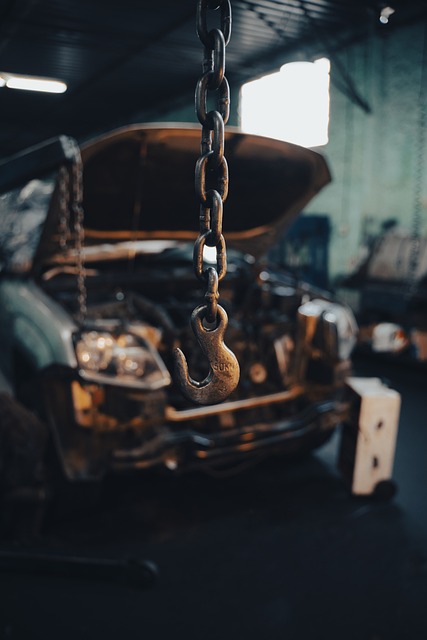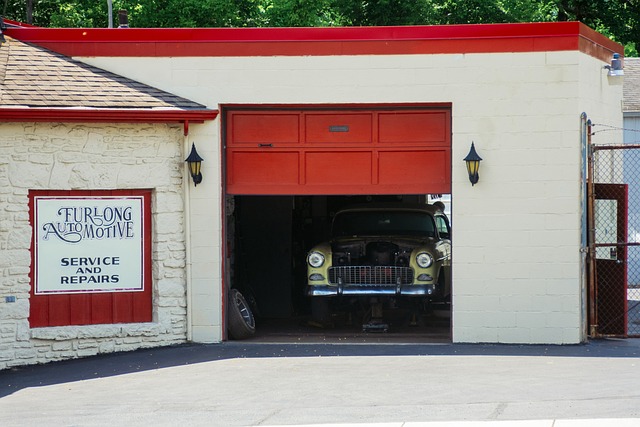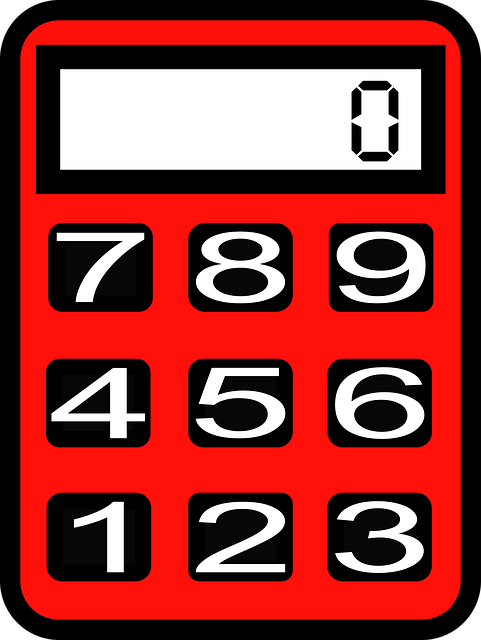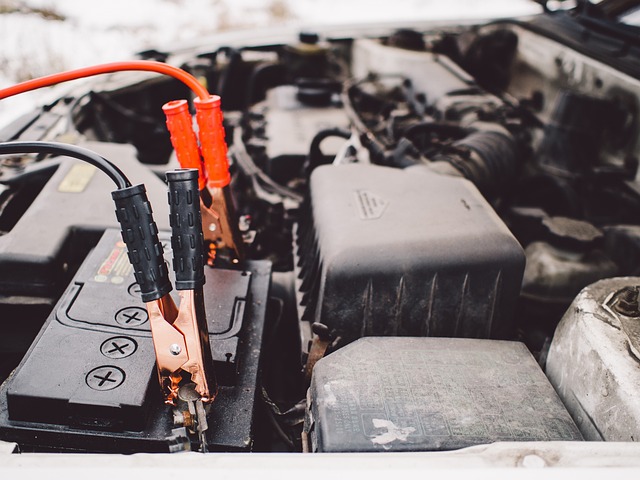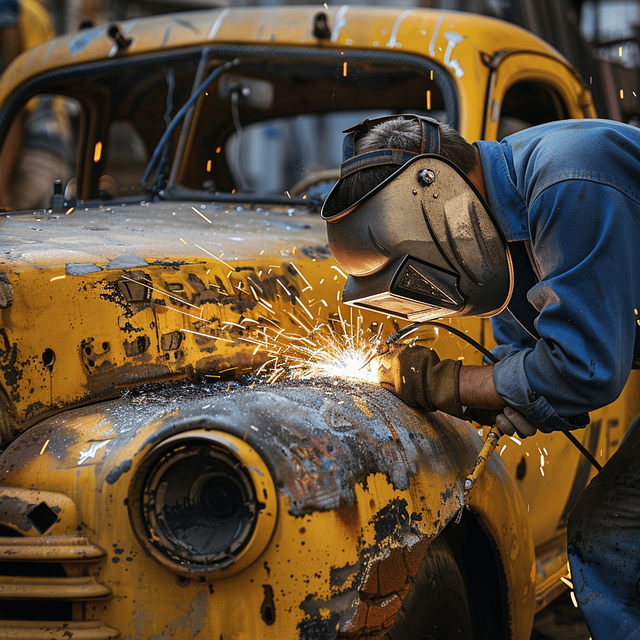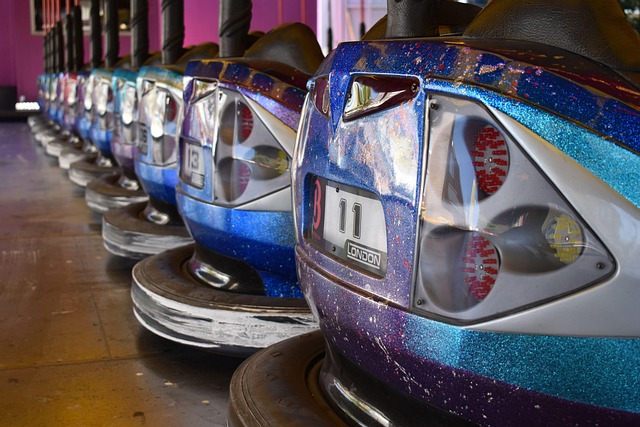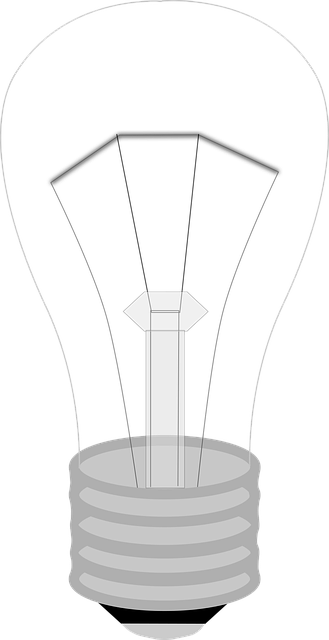Tesla's loaner policy offers temporary vehicles for non-structural repairs but is subject to availability and demand, which can lead to delays or limited options. Not all Tesla owners are entitled to a loaner, especially for complex collision work or specialized parts. Specialized bodywork centers provide alternatives, easing the stress of coordination with Tesla during car maintenance.
Not every Tesla owner can count on a free loaner vehicle during repairs, despite popular belief. This article delves into the nuances of Tesla’s loaner policy, revealing what it does and doesn’t cover. We explore factors influencing loaner availability, from regional policies to vehicle age and warranty status. Furthermore, we present alternatives to Tesla’s service, empowering owners with options for mobility while their vehicles are under repair. Understanding these dynamics is crucial for effective navigation of the repair process.
- Understanding Tesla's Loaner Policy: What It Covers and Excludes
- Factors Affecting Availability of Loaners During Repair
- Alternatives to Tesla Loaners: Exploring Other Options for Mobility While Your Vehicle is Being Repaired
Understanding Tesla's Loaner Policy: What It Covers and Excludes
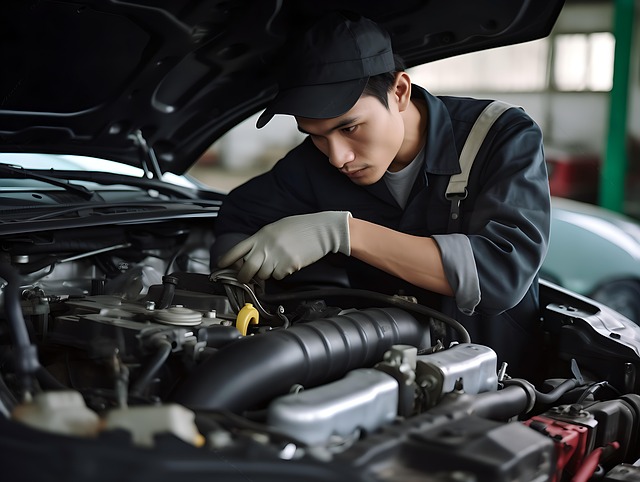
Tesla’s loaner policy is designed to provide customers with a temporary vehicle during repairs, but it’s important to understand what it covers and excludes. Typically, Tesla offers a loaner car for bumper repair or other non-structural car bodywork issues. However, this benefit may not extend to more complex collision repairs that require extensive work in the shop for an extended period. Before assuming you’ll receive a loaner during your visit to a collision repair shop, it’s crucial to confirm with Tesla and your chosen service center.
The policy usually excludes situations where specialized parts or unique configurations are needed, as these may not be readily available for loaners. Additionally, while Tesla strives to provide this convenience, there could be instances where the demand for loaner vehicles surpasses supply, leading to delays in receiving one. It’s always a good idea to plan ahead and inquire about their availability to avoid potential inconvenience during your car’s repair process.
Factors Affecting Availability of Loaners During Repair

The availability of a Tesla loaner during repair isn’t always guaranteed due to several factors. One significant consideration is the demand for loaners versus the supply within the service center. Since Teslas are relatively uncommon compared to other vehicle models, maintaining a robust fleet of loaner cars can be challenging for many official service providers. This imbalance often results in longer wait times or limited options for customers needing a temporary replacement during their car’s repair process.
Another crucial aspect is the complexity and specialization required for Tesla repairs. Unlike conventional vehicles, Teslas possess advanced electric drivetrains and sophisticated software systems that necessitate specialized tools and training for technicians. This specialization can limit the number of centers capable of handling both auto collision repair and providing loaner services efficiently, further impacting customer experience.
Alternatives to Tesla Loaners: Exploring Other Options for Mobility While Your Vehicle is Being Repaired
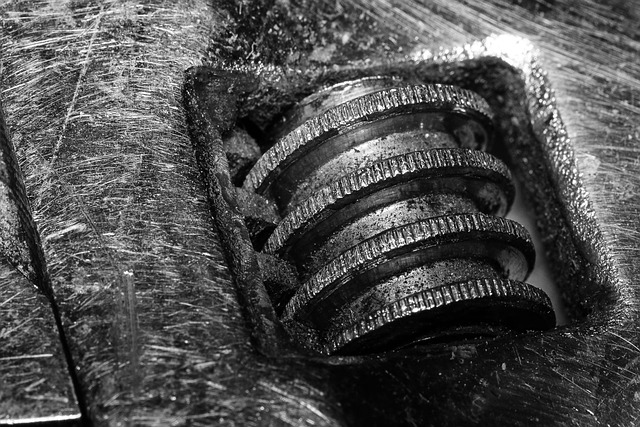
When your Tesla requires repairs, many owners assume a loaner vehicle is guaranteed. However, this isn’t always the case. It’s important to understand that Tesla’s loaner program isn’t universal and may come with conditions and limitations. Alternatives to Tesla loaners exist, offering more flexibility during the repair process.
Consider exploring options like using your insurance company’s rental car benefit or partnering with local auto repair shops that offer loaner vehicles as part of their services. For instance, specialized auto bodywork centers often provide temporary transportation while your vehicle is undergoing critical repairs, such as car paint repair or vehicle collision repair. These alternatives can ensure you maintain mobility without the added stress of coordinating directly with Tesla.
While Tesla offers loaner vehicles as part of their repair service, availability isn’t guaranteed due to various factors. Understanding what’s covered and what’s not in their policy, along with considering alternatives like rental cars or public transportation, can help owners plan for potential delays. By exploring these options, Tesla vehicle owners can ensure they remain mobile during the repair process.
